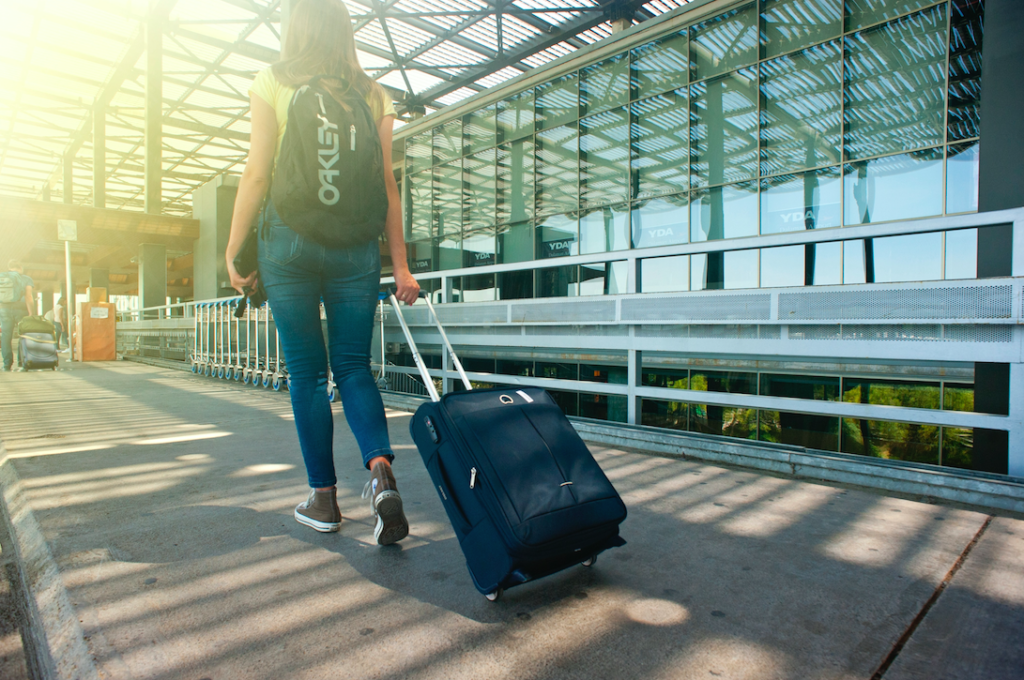By Lori Childers, Vice President
This month, the Airports Council International Airport Service Quality (ASQ) Awards released a list of the top airports in the world for customer experience. The survey asked questions to some 600,000 passengers at 343 airports, based out of 84 different countries. In the questionnaire, different aspects of each airport from restroom quality to check-in efficiency were analyzed.
Airports deal with millions of daily passengers. With such a high volume of people landing and taking off, maintaining a high level of customer service is a daunting task. Toronto Pearson International, Mumbai’s Chhatrapati Shivaji Maharaja (CSMIA), and Dallas Fort Worth (DFW) International all receive over 40 million passengers a year.
These airports have excelled in building a great customer experience in their respective ways. As such, I’ve decided to write a piece about what businesses can learn from airports when it comes to designing a great customer experience. Let’s take a look:
1. Listening to customers: Toronto Pearson International Airport
Toronto’s Pearson airport is no newcomer to this list. In fact, Pearson achieved the best airport in North America in 2018 award as well. This marks the second consecutive year for the massive flight hub, which handles over 40 million passengers per year.
In the past, customers criticized Pearson for having the worst WiFi in North America. This is something I have personally experienced on many occasions, trying to get work done in the terminal with a slow internet connection while waiting for a delayed flight. Now, Pearson has heavily upgraded its WiFi connection in response to customer complaints. The airport also opened 27 new retail and restaurant locations, as well as placing more emphasis on the cleanliness of its terminals. This is the result of open ears to customer feedback.
Pearson’s success comes from its ability to listen to what made customers unhappy. With this info, they were able to change the customer experience. The result is that those very same passengers voted for the airport as being number one in their eyes. This goes to show that customers have the ability to provide valuable advice.
2. Providing an efficient customer journey: Mumbai’s Chhatrapati Shivaji Maharaja (CSMIA) Airport
Just like airports, businesses that handle a high volume of clients must ensure that the experience is smooth and efficient. This means reducing wait times and automating processes to a certain degree. It also means that the technology within the business must be modern and built for convenience.
This is where the CSMIA airport in Mumbai truly shines. Aside from its magnificent 3-kilometer long wall of art that educates passengers on the different types of art forms throughout the country, CSMIA has empowered its customers with the gift of automation. The airport is the first in the world to introduce a fully automatic check-in process. Furthermore, CSMIA removed ‘boarding pass stamping’ for all domestic flights out of its second terminal. Also, Common Use Self Service (CUSS) kiosks have been placed in the airport to print boarding passes and baggage tags.
All of these advancements provide a smoother experience for one of the more stressful stages of flying. In a world full of competition, businesses must always try to identify how to make their customers as comfortable as possible. While I’ve never personally flown into our out of Mumbai, I’m more open to the idea with these improvements that provide a hassle-free experience.
3. Ensuring top-notch customer service: Dallas Fort Worth (DFW) International Airport
Airports may have very advanced technology and beautiful terminals. But, if their customer service isn’t up to par, then all of the above falls by the wayside. DFW International succeeds in building a culture that promotes customer service as the number one priority.
The airport has roughly 2000 employees, all of which are aware of the core values of the airport. This shows through a friendly service full of helpful workers who understand the value of keeping customers happy. The airport even has a pet resort close by for cats and dogs.
Even with a substantial amount of yearly passengers, DFW manages to keep the same upbeat attitude. And, its employees are always around to help. In any business, customer service is one of the top strategic factors in keeping clients coming back for more. Employees must always be aware of the value of a satisfied customer, as word of mouth is more likely to spread.
Airports around the world have different ways of dealing with passengers. Similarly, businesses have different ways of dealing with customers. While strategies might vary, the core lessons to be learned have a common thread: listen to customers, provide an efficient service, and make customer service the top priority. With these core values, businesses are bound to gain recognition just like these airports.
